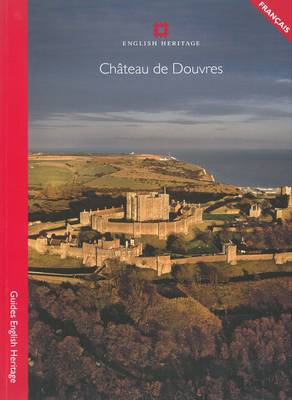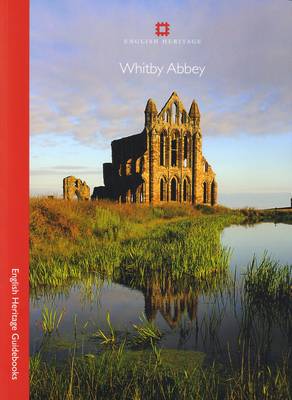English Heritage Red Guides
2 total works
Dover Castle's location, commanding the shortest sea crossing between England and the Continent, has given it immense strategic importance. The chalk of Castle Hill has been shaped and reshaped over the centuries into massive earthworks, ditches and mounds. Imposing walls and towers have been raised and networks of tunnels built beneath them. Henry II began the building of the present castle in the 1180s, and over the next 800 years its buildings and defences were adapted to meet the changing demands of weapons and warfare. This guidebook, packed with historic images, reconstructions and plans, provides a full tour of this iconic castle and relates its long and eventful history.
High on their windswept headland, the imposing ruins of Whitby Abbey dominate the busy harbour town below. Originally founded in the seventh century and ruled by the renowned Abbess Hild, the first monastery here was the setting for one of the defining episodes in the establishment of the Anglo-Saxon church - the synod of Whitby. After the Norman Conquest a new religious community was established on the site, which eventually grew into one of the great abbeys of Yorkshire. Later, after the Suppression of the Monasteries, the abbot's house was converted into a grand private residence. Drawing on the latest archaeological investigations, this new, richly illustrated guidebook provides a full tour and history of the abbey and headland.

